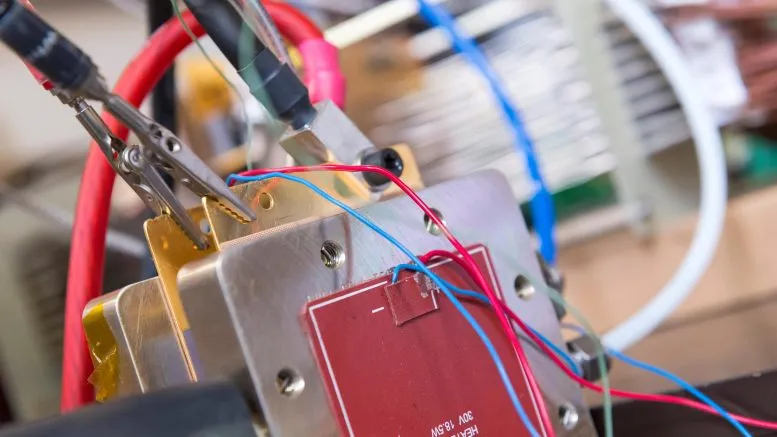Its cells convert the chemical element into electricity with only water vapor as a by-product, making them an attractive ecological alternative for portable power, particularly vehicles, they said in the results, included in the British journal Nature Catalysis.
“Our design should make this a reality and enable the deployment of more renewable energy systems that reduce greenhouse gas discharges and put the world on a path to net-zero emissions,” said Professor Anthony Kucernak.
In laboratory tests, those involved in the study showed that a single-atom iron catalyst performs close to platinum-based ones in a real fuel cell system. In addition to producing this cheaper component, the developed method could be adapted to other processes, such as reactions that use reactive atmospheric oxygen instead of expensive chemical oxidants, and in wastewater treatment, the article noted.
It’s an approach to making a range of single-atom catalysts that offer the opportunity for new chemical and electrochemical processes, said first author Dr. Asad Mehmood, from the graduate school’s department of chemistry.
Specifically, we used a unique synthetic method called transmetalation, something that should be of benefit to other scientists looking to prepare a similar type of catalyst, he stressed.
The European team -assured the text- works to improve the stability of the catalyst, so that it equals platinum in durability and performance.
ef/mem/znc










